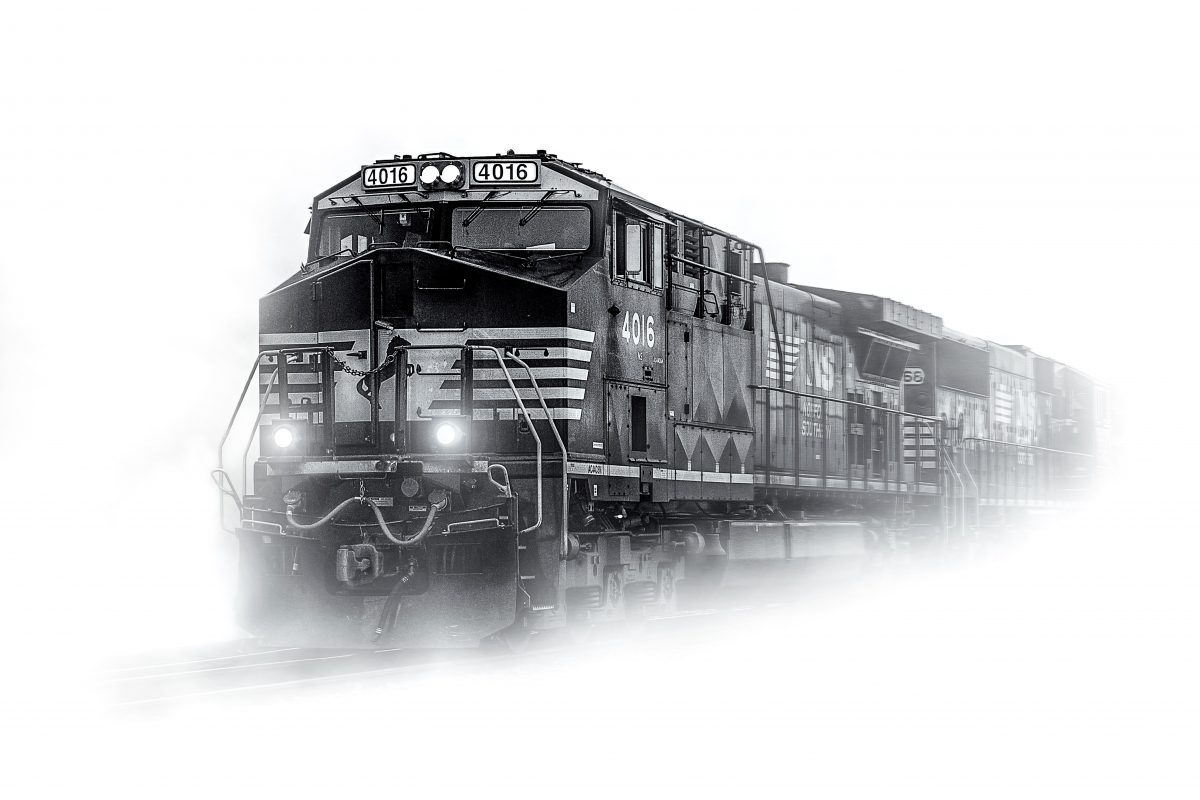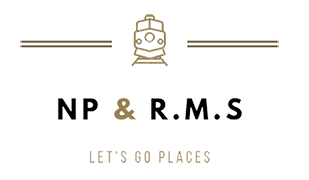

Probably most trains that you have been on were relatively clean, even the toilets. Besides some horror stories and some very old trains that are poorly kept in developing countries, how are trains across Europe maintained and cleaned? Let’s answer some of the questions.
The Train Washing Routine
By the end of a trip or a cycle, the train is usually parked for a deep cleaning by a cleaning crew. They make sure to sweep all the litter and any junk that may be on the floor.
Then the seats, tables, coaches, etc are wiped with cleaning agents and sanitizers. The whole process can take a few hours to complete all the wagons.
Cleaning agents: https://dezopharm.kz/
Once the interior has been swept, vacuumed, and washed, the outer exterior go through a washing machine. Like the picture shown below:

How Tracks Are Cleaned
If the train tracks are need to be organized and put back in place, then there is this big machine that does that. It’s a bit of a slow process, but it gets the job done. The track rails, dirt, gravel, and everything else are systematically put in its appropriate place.
Check out this: https://www.popularmechanics.com/technology/infrastructure/a15058/train-ballast-cleaner/
How Is Snow Removed From Tracks
If it’s not a significant amount of snow, trains that have a plow run across the track and push away any snow that gets in the way.
However if there is a blizzard or a significant amount of snow that needs to be removed then a rotary snowlower is used. It’s a train that basically eats up snow.
See this answer from Quora:
There’s a variety of methods. A small amount of snow can be cleared by a simple snow plow – something like this:
For really deep snow drifts, things have to be cranked up a notch. Meet one of the most impressive (and intimidating) machines ever built: the rotary snowblower.
That big round thing spins really fast, scooping up the snow and throwing it off to the side. It’s a magnificent thing to behold in action.



0 Comments